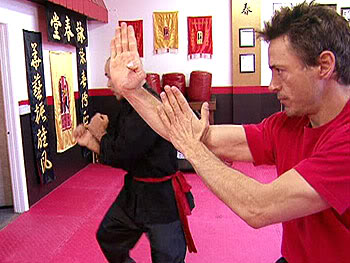I’m looking for the original Wing Chun.
I’m looking for the complete Wing Chun.
This is a common goal/question I’ve encountered over the years talking to prospective students and art lovers regarding Wing Chun Kung Fu (aka Wing Chun Kuen). It’s a very reasonable question— but a question with no answer. Wing Chun has its history, just like everything else in life.
To illustrate my meaning, let us start with the premise that Wing Chun Kung Fu, as taught by Yip Man is the original and complete Wing Chun. Yip Man had hundreds of students who learned Wing Chun. So who learned the original and complete Wing Chun? Let’s say for the sake of argument, the best of the best learned the original and complete Wing Chun. Does this mean they learned everything Yip Man knew? Does this mean they would do everything Yip Man would do? The answer is obviously no. Yes, they learned Wing Chun. Yes, they learned what Yip Man taught them. But it is never original or complete. The student will take the concepts and drills they learn, study, and apply them to the situations they face. They will learn from their mistakes and improve upon what they learned, and always continue learning. It is in this way that Wing Chun is constantly developing and evolving.
Repeat and apply this to every generation and the situations they encounter, and you will quickly see that its hard to know what is the original and complete Wing Chun.
For those curious to know how large the Wing Chun Pai (family) really is, read [amazon_link id=”0804831416″ ]Complete Wing Chun[/amazon_link] by Robert Chu, Rene Ritchie and Y. Wu. The Yip Man side of the family is one branch of a long and broad family tree.
Yes there are many great SiFus out there that come from a stellar lineage and training history. Yes there are many SiFus that are world renowned and famous in their own right. They all have my highest respect and gratitude for learning and passing on the art of Wing Chun. Yet, in regards to prospective students seeking the art of Wing Chun, my recommendation is, and will always be, to be less concerned with names and more concerned with substance. Wing Chun is an applied martial art. So the questions you should ask yourself are, “What will I learn?” and “How applicable do I think this is in what I might encounter?” Having the proper questions will keep you true to Wing Chun.
Find the Wing Chun Kung Fu for you and sing the coming of spring…
Regards,
SiFu James Sasitorn




